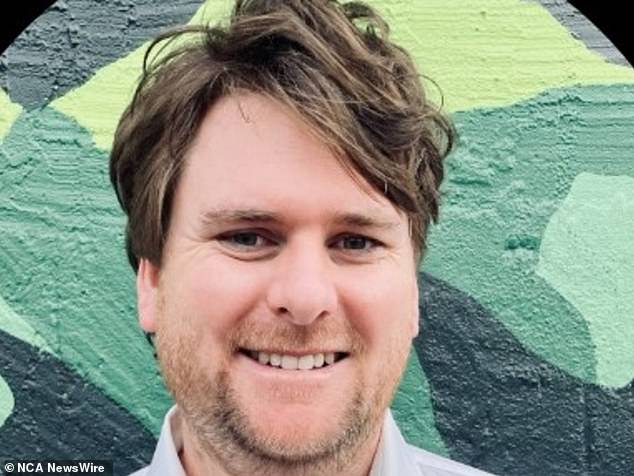Melbourne: The shocking statistic revealing how Australia has its housing priorities all wrong
Up to 100,000 homes could be lying empty in one of Australia’s largest cities as renters and house hunters struggle to secure a place to live as prices soar amid a critical housing shortage.
Analysis of water meter data from tax reform organisation Prosper Australia found that around 5.2 per cent of Melbourne homes were vacant in 2023. Some 27,000 homes, or 1.5 per cent of the stock, were empty for the entire year.
“We found that more than 27,000 homes, or 1.5 percent of all homes, were completely vacant throughout 2023,” said Dr. Tim Helm, Prosper’s director of research and policy.
‘If we include underutilized homes, which account for less than a quarter of an average person’s water consumption over the year, a total of almost 100,000 homes, or one in twenty homes in the city, were empty.’
‘That’s the equivalent of two and a half years of new construction, enough to house everyone on the social housing waiting list in Victoria twice over.
“It is shocking that so many homes are standing empty during a rental crisis. It is indicative of the extent of inequality that these numbers continue to rise.”
According to data from REA’s PropTrack, the national rental property vacancy rate, or the percentage of properties available for rent, is 1.42 percent.
In Melbourne, the vacancy rate is 1.5 percent.
Analysis of water meter data from tax reform organisation Prosper Australia shows that about 5.2 per cent of Melbourne homes were vacant in 2023, while about 27,000 homes, or 1.5 per cent of the stock, were empty all year.
Since March 2020, the national percentage has fallen by 43 percent, as demand for housing exceeds supply.
This huge imbalance has caused average weekly rents to rise. The national average for apartments is now $584, up 9.8 percent from the past year.
State governments and the federal government are now trying to correct the dramatic imbalance between housing supply and demand.
In Victoria, the state government is increasing the vacant property tax to put an end to properties being left empty for long periods of time.
From January 1 next year, VRLT will apply to homes across Victoria if they have been vacant for more than six months in the previous calendar year, the government announced in May.
Currently the tax only applies to Melbourne’s inner and outer suburbs.
There is also an increasing tax rate, based on the number of consecutive years the property has been subject to VRLT.
The government hopes the policy will create more housing opportunities by encouraging landlords to rent out their properties.
“We know we need more homes for Victorians. By cracking down on empty properties, we will help alleviate housing pressures across the state,” said Victoria’s Finance Minister Tim Pallas.
‘By expanding the tax on vacant homes, more vacant homes will become available for rent and sale. This will increase supply and make homes more affordable.’
Prosper researchers argue that tax reforms should undermine the incentive to speculate on rising house and land prices.
“It is a mistake to view vacant homes as a secondary issue to housing affordability,” said Dr. Helm.
“If we took just a fraction of Melbourne’s vacant homes into use, we would improve access to housing.”
According to the ABS, there were 1,043,776 vacant homes nationwide in the 2021 census.

Think Forward CEO Thomas Walker says the right exploitation of existing inventory is a “solution staring us in the face”. Photo: Supplied
Think Forward CEO Thomas Walker felt that better utilization of existing inventory was “a solution that was right in front of us.”
“Young people are being left to fend for themselves because of the housing crisis, with the vague promise of more supply in the future,” he said.
‘But Prosper outlines that there is a solution for us: better use of our existing stock.
‘The sheer scale of the vacancy rate reinforces calls for a change in the way property is taxed.
‘We can continue to enrich speculators in the hope that some of the supply will reach those who need it.
“Or we can rethink the way real estate is taxed, and shift the rewards from speculation to actually providing homes to people.”
